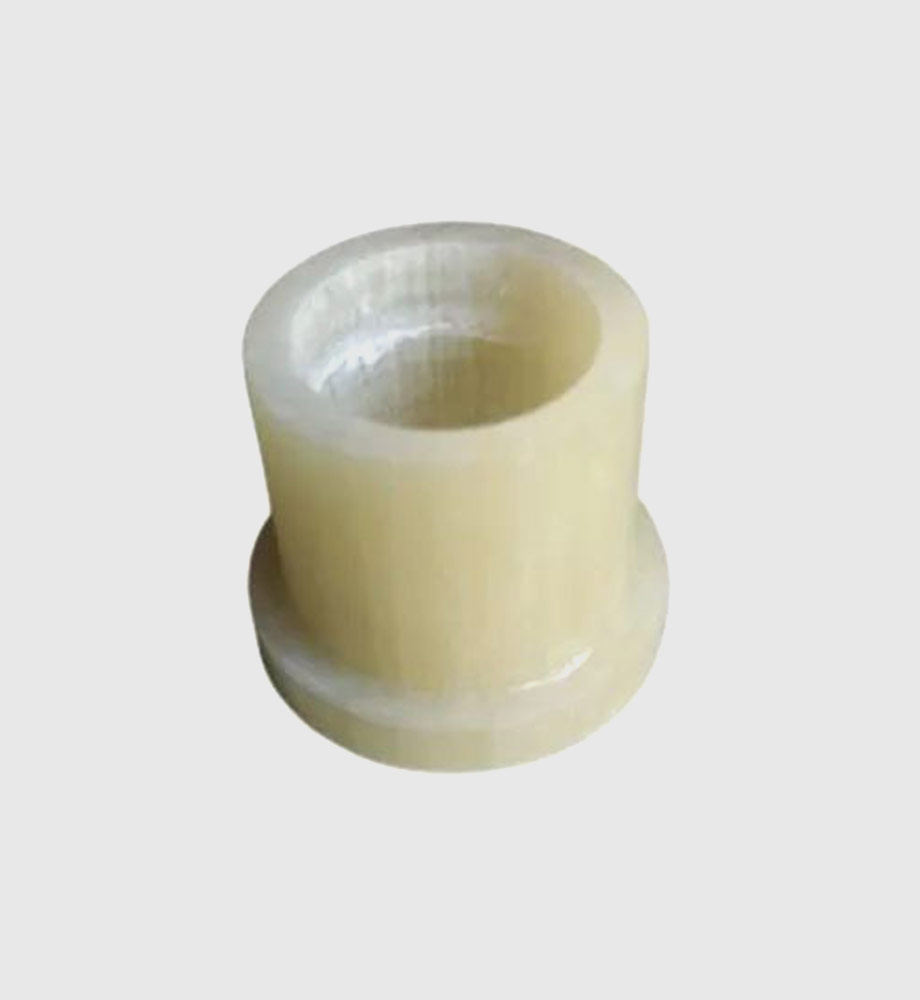Key Features
- Material Variety: Commonly molded from PE, PP or nylon – each offering chemical and environmental resistance.
- Protective Cushion: Provides a soft interface on bushes or shafts to prevent direct wear.
- Vented/Non-Vented Styles: Vented caps allow fluids or gases to escape; solid caps fully seal the bushing.
- Threaded Options: Some caps screw onto threaded fittings for a secure, sealed fit.
- Easy Installation: Snap-on or push-fit design for quick maintenance; lightweight to avoid tool wear.
Benefits
- Wear Reduction: Cushions vibrations and movement, extending the life of both the bushing and mating components.
- Corrosion Protection: Blocks moisture and corrosive contaminants, which metals alone cannot prevent.
- Maintenance Friendly: Simple to remove and replace during inspection; no special tools required.
- Cost-Effective: Plastic alternative to metal caps, avoiding rust and reducing the need for frequent replacements.
Applications
- Automotive: Covered suspension bushings, steering linkages, and chassis mounts to dampen noise and protect from road debris.
- Electrical Installations: Insulating covers for terminal posts or cable ends.
- Industrial Machinery: Protective seals on hydraulics, pneumatics, and control valve actuators.
- Furniture and Construction: End covers on structural tubes, furniture legs, and scaffolding to prevent moisture ingress.
Technical Specifications
- Material: PE, PP, Nylon; some fiberglass-reinforced for strength.
- Standards: Often custom-fit; manufactured per dimensions of the target bushing/shaft.
- Temperature: Depending on plastic, typically –20°C to +80°C for PE/PP; up to ~120°C for some nylons.
Unique Selling Points (USPs)
- Superior Durability: Plastic bushing caps resist UV and moisture, ensuring long life in outdoor or damp environments.
- Broad Size Range: Available to fit tiny shafts up to large pipe ends, with custom molding on demand.
- Versatile Function: Cap can serve as both a protective cover and a load-bearing “sleeve” to distribute stress.

